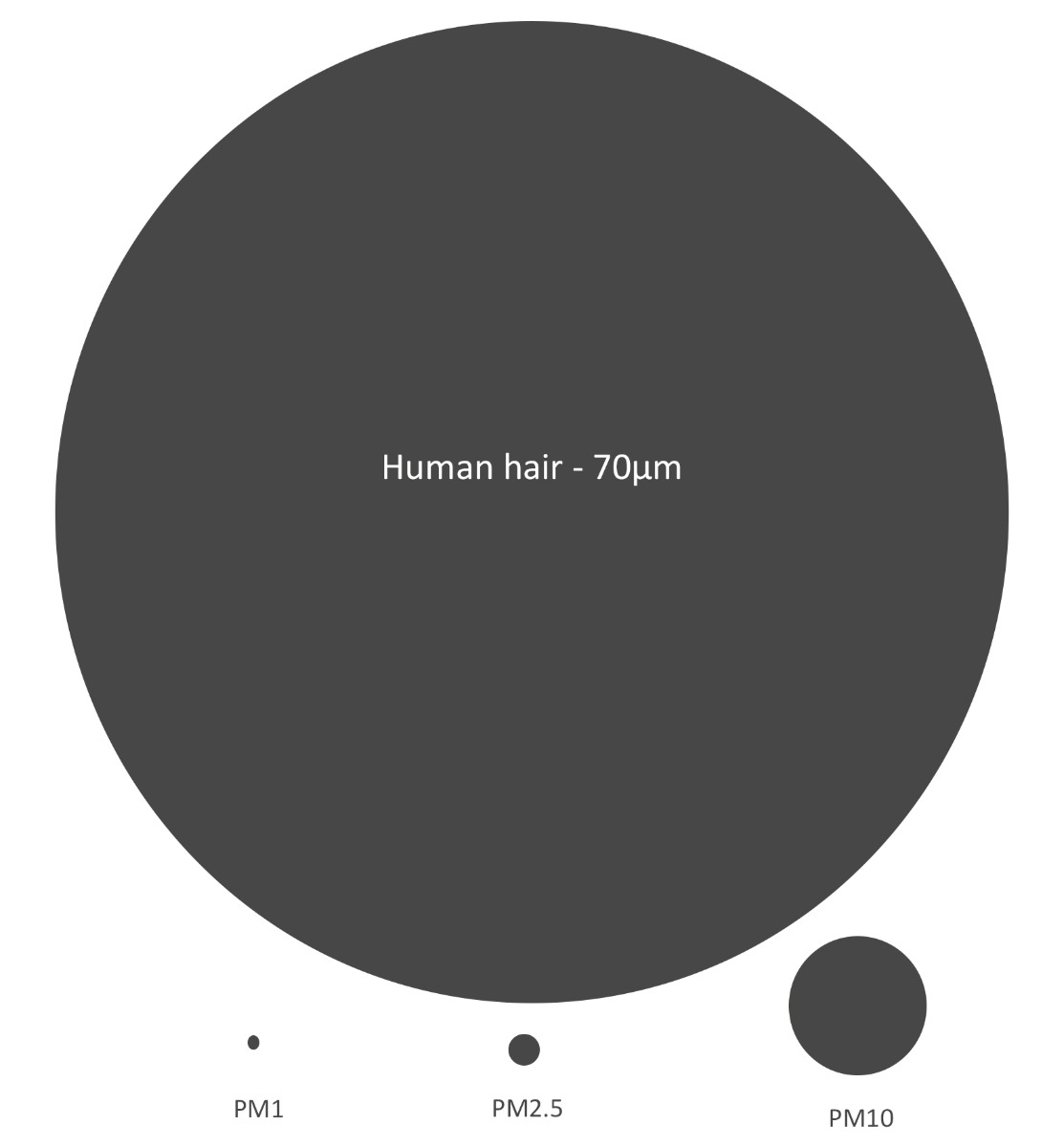How does Air Pollution and Indoor Air Quality affect your health?
Air pollution, indoor air quality and your health!
More and more people are beginning to realise the effects that poor indoor air quality can have on our health. Most people will know about air pollution and understand the effects of bad outdoor air quality, but it is becoming increasingly important to understand the effects of indoor air quality.
Most people are familiar with air pollution and indoor air quality having diverse effects on our health with problems such as asthma, lung disease, and other respiratory problems. But unfortunately, the problems do not stop here and are not only lung or respiratory related. Having allergens and contaminants in your home can cause rashes, chest infections, headach

Air pollution, indoor air quality and your health!
More and more people are beginning to realise the effects that poor indoor air quality can have on our health. Most people will know about air pollution and understand the effects of bad outdoor air quality, but it is becoming increasingly important to understand the effects of indoor air quality.
Most people are familiar with air pollution and indoor air quality having diverse effects on our health with problems such as asthma, lung disease, and other respiratory problems. But unfortunately, the problems do not stop here and are not only lung or respiratory related. Having allergens and contaminants in your home can cause rashes, chest infections, headaches, and in more recent research diabetes, and this is not even including the effects poor air quality may have the fabric of the building itself.
Ventilation such as MVHR or MEV systems are proven to help improve indoor air quality and in turn reduce the risks of problems such as asthma, rashes and also prevent previous problems from getting worse.
Recent research shows that surprising air pollution has been linked to cases of type two diabetes. It is believed that in 2016, air pollution was the cause of 3.2 million new cases of diabetes worldwide, this takes up a significant 14% total of all global cases of diabetes worldwide.
In the journal of The Lancet Planetary Health a study was taken out on 1.7 million US veterans that were monitored for 8.5 years, all veterans had no previous history of diabetes. A series of mathematical models and other factors of diabetes were used by researchers to study the levels of diabetes and the levels of pollution.
The research showed that the more a person was exposed to air pollution, the higher the risk of diabetes. The study also took into consideration factors such as genetics, weight, diet and activity. Understandably diabetes was more likely to affect people who have been exposed to air pollution but that are also overweight or obese.
Regardless of what areas these test results have been taken in, it is clear to see that the largest the amount of pollution there is, there is more health risks that will come along with exposure to this pollution.
Dr Ziyad Al-Aly is a senior author of the study and an assistant professor of medicine and the Washington University, speaking to CNN he said:
“There is an undeniable relationship between diabetes and particle air pollution levels well below the current safe standards. Many industry lobbying groups argue that current levels are too stringent and should be relaxed. Evidence shows that current levels are still not sufficiently safe and need to be tightened.”- Dr Ziyad Al-Aly
Particulate matter or ‘PM’ is a term used for solid particles or liquid droplets in the air. We can see particles such as dirt and dust, but PM particles are very small that usually cannot be seen. The most commonly know PM is the PM2.5 particle is approximately 1/30th of the width of a human hair. They are measure in micrometres, any particle that is less than 10 micrometres in diameter have the change to cause the most problems. This is due to the particles being so small that they can travel deep into your lungs and possibly travel into your bloodstream.

Exposure to PM particles can have both long term and short-term effects, and this may be from long or short-term exposure, having effects from being exposed for as little as a few hours can cause many problems. Known problems are respiratory and cardiovascular problems, and other problems such as asthma aggravation and even problems such as lung cancer. Air pollution is having large effects on people with already diagnosed lung conditions by worsening their problems, as well as the start of problems of people who have not previously had any lung or respiratory problems.
In the past years there has been an increase in hospital and GP visits regarding breathing problems that could be linked to both outdoor air pollution and poor indoor air quality. July 2018 was the 70th birthday of the NHS, a never-ending source of care. With increased illness caused by poor air quality causing more care, we can’t help but wonder why the focus is no on improving pollution and a wider awareness of indoor air quality, therefore improving this would result in less of the NHS’s time, by preventing future illness and reducing strain on the NHS that could be otherwise prevented.
In London, Mayor Sadiq Khan is becoming increasingly more proactive in putting in to place ways that can begin to improve air quality. Reasons for this is possibly due to the fact that every part of London exceeds the World Health Organization’s airline guidelines for PM 2.5. Although it is unfortunate that things have to become so bad before anything is done, it is great that things are being done in London to begin improving air quality.
He is taking measures of monitoring air levels via google cars, an innovative way to track and improve air pollution. As well as this he has introduced cleaner bus lanes and has more future plans to begin to improve air pollution especially in areas surrounding schools.
“Tackling London’s lethal air and safeguarding the health of Londoners requires bold action. Air pollution is a national health crisis and I refuse to stand back as thousands of Londoners breathe in air so filthy that it shortens our life expectancy, harms our lungs and worsens chronic illness.” – Sadiq Khan
Ways you can start improving your indoor air quality and prevent pollution and increase your health and living conditions include installing a Mechanical Ventilation Heat Recovery (MVHR) or Mechanical Extraction Ventilation (MEV) system in your home. Extraction fans can also help by extracting humid or stale air. Other little things you can do to reduce air pollution include regularly cleaning your home, walking when a car journey is not a necessity, replacing your MVHR and ventilation filters, not burning unnecessary fires, and even simple things like using a mat at your front door can help by not bringing extra dirt into your home.
It is important to consider air quality not just at home and but also at work! We spend 90% of our time indoors, and on average we spend around 40 hours in work weekly so is clear to see why indoor air quality is just as important at work as it is at home.
BPC ventilation provide MVHR systems for both residential and commercial applications, we also stock MEV systems, extractor fans and filters that will help keep your home healthy. We also distribute Sachvac Central Vacuums which are guaranteed to give you a cleaner home! Check out our products online or call us on 028 2827 5150.

